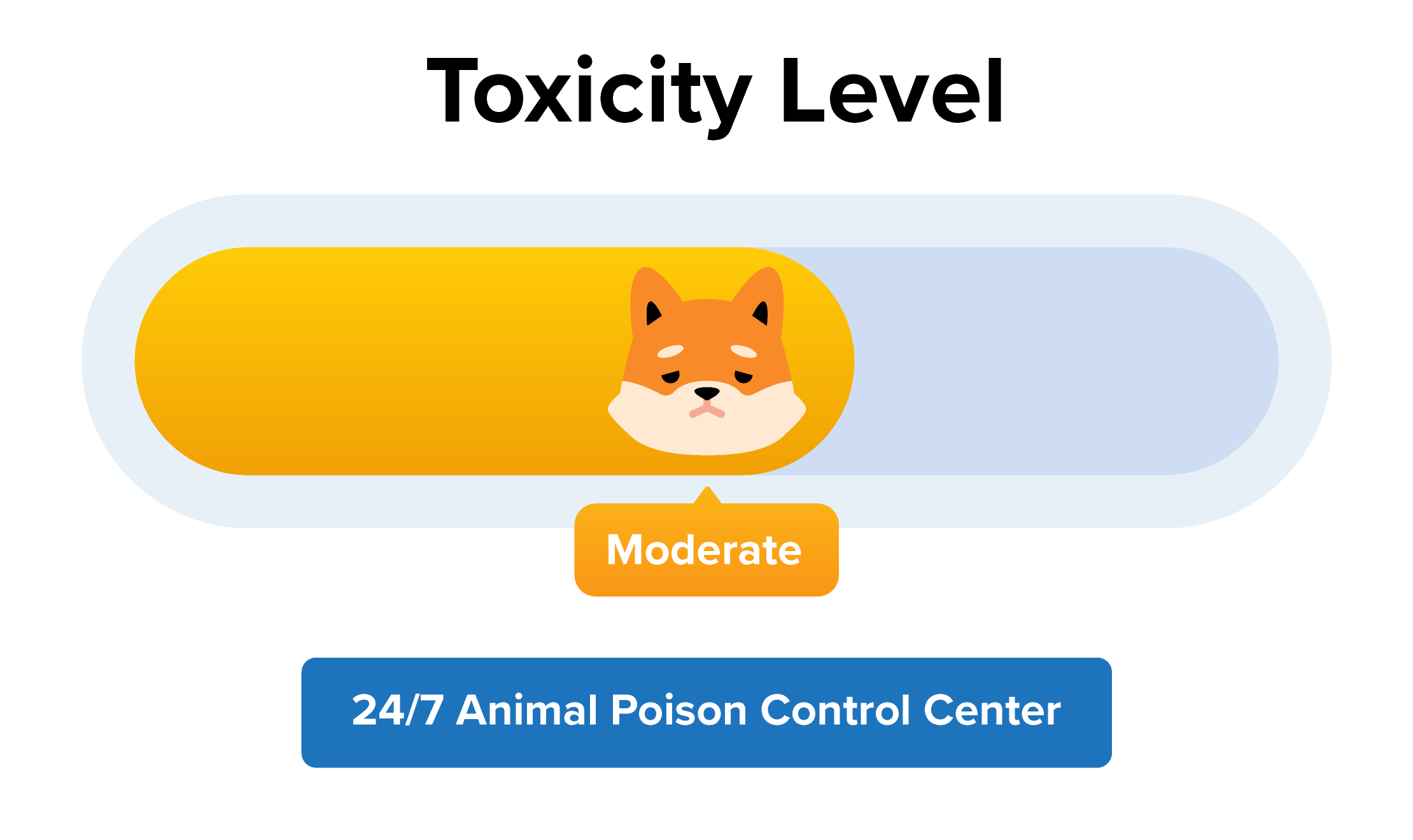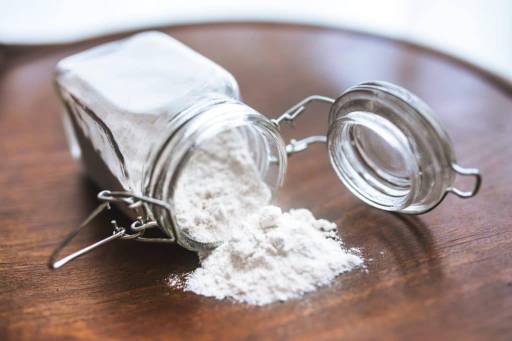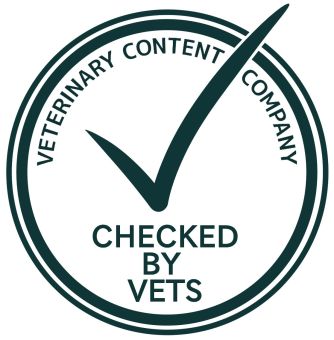Connect with a verified veterinarian in minutes. Licensed vets are available 24/7 to answer your questions. No need to worry about your furry family member.
What happens if you spill flour on the flour and your dogs jumps over to snarf it up? It happens! Dogs are curious and don’t want to miss out on a free meal, no matter what it may be, even flour!
What is Flour?
Flour is made by grinding up grains to make a fine powder. When ground up, flour is easier to digest and to use in cooking and baking.
Flour can be made from a wide range of grains, including wheat, rice, beans, etc. Whole grains can be extremely healthy for humans and dogs.
Did you know that humans have been grinding grains for thousands of years? Since about 6,000 BC, we’ve been grinding grain and baking a wide variety of breads. Bread is a favorite in most cultures around the world.
Can Dogs Eat Flour?
The good news is that flour is not toxic to dogs. If your dog eats only a little bit, he should be OK. Having said that, the size of your dog and the amount of flour eaten determine if the dog will have any trouble or not.
For instance, if you have a large dog, and he cleans up a small amount of flour, he will be OK. On the other hand, if a very small dog had a rather large helping of flour, then he could suffer some ill effects.
One more issue could be if the dog is allergic to flour or has gluten intolerance. In that case, there’s a chance the dog could have a reaction to even a small amount of flour.
However, if your dog seems OK after eating flour, then you don’t need to worry.

Review symptoms, medications & behavior to keep your pets healthy with a Vet Online in just minutes.
Ask a Vet Live NowRisks of Dogs Eating Flour
There are many risks for dogs that eat flour, including the following:
Choking hazard: you may not believe it, but flour can be a choking hazard. Loose flour (in the bag) can spill out, and your dog can lick it up. But he may also inhale the flour into his airways, where it can cause breathing problems and infections.
Wheat intolerance: is different than a wheat allergy. Like us, our fur babies can have an intolerance for certain foods, such as wheat. Wheat intolerance is common in dogs, which is why dog food manufacturers have started making grain-free dog foods. A wheat intolerance is a digestive issue and can cause symptoms such as diarrhea, constipation, excess gas, and more.
Infection: raw flour may contain bacteria such as e-coli, especially when the flour has been made into a dough or batter. A dog who eats raw dough or batter could become sick with a bacterial infection.
High in carbohydrates: flour is also high in carbohydrates, which can cause weight gain in humans and dogs. If a dog eats too much flour, that means he’s consumed too many carbs. If he does this on a regular basis, your fur baby could even gain weight.
Eating a Lot of Flour
As mentioned earlier, if a dog eats a large amount of flour, for their size, then they could have some problems. One of these is that dry flour swallowed at one time could cause constipation. This could be temporary; however, if your dog seems to be uncomfortable, in pain, and they haven’t gone in a day or so, then it’s time to call the vet.
Flour Allergy in Dogs
If your dog is extremely allergic to flour, then you’ll need to monitor him for any signs of an allergic reaction. It’s possible your dog could even suffer an anaphylactic reaction if he has a severe allergy to flour.
Symptoms of an allergic reaction in dogs include:
- Itchy, irritated, red skin
- Breathing difficulties
- Coughing
- Sneezing
- Wheezing
- Runny discharge from nose/eyes
- Vomiting
- Diarrhea
If this is the first time your dog has experienced an allergic reaction, then it’s best to get him to the vet immediately. This is especially the case if he’s having trouble breathing.
If this is not the first time your dog has had an allergic reaction, and you know what to do, then follow the directions that your vet has provided. If these do not work, then call the vet immediately.
For most dogs, eating a little flour won’t cause any health issues. However, if you’re worried about it or concerned with any symptoms your dog may be having, then go ahead and call the vet. It’s always better to be safe than sorry.
Connect with a verified veterinarian in minutes. Licensed vets are available 24/7 to answer your questions. No need to worry about your furry family member.

Emma Chandley, BVetMed MRCVS PGCertSAS
This article has been reviewed and approved by an independent Veterinarian: Emma graduated from the Royal Vet College in London in 2011. She has a keen interest in surgery and went on to do a post graduate certificate in small animal surgery and was then awarded advanced practitioner status in the same discipline.
Review symptoms, medications & behavior to keep your pets healthy with a Vet Online in just minutes.
Ask a Vet Live Now






